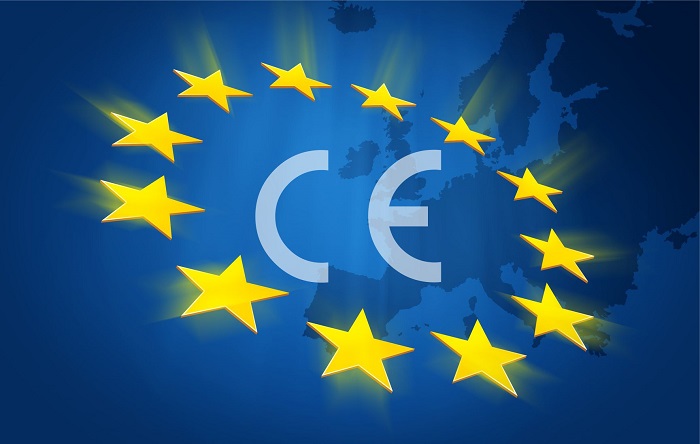
Common questions of CE MARKING
The word "CE" in CE label must be appropriate for the prescribed rate, can be directly labeled on products or packaging. Regardless of the size of "CE" symbol,....
The transport of goods among countries is growing rapidly, so it is unsurprising that commodity and national security have now become a matter of concern. Therefore, CTPAT was established to ensure the security of goods during transportation around the world.
What is C-TPAT?
C-TPAT stands for Customs Trade Partnership Against Terrorism, a security program that combines US customs and border protection to build supply chain and border security
When did C-TPAT start?

C-TPAT was established on 11 November, 2001, and start with 7 units at the beginning.
Who can have C-TPAT certificate in the supply chain?
This program is historically oriented around goods imported into the United States. Airlines, aggregators, ocean carriers, rail carriers, port operators, the 3rd party logistics providers.
The program is important for importers who have benefited from the program. In Canada, transportation companies and manufacturer of cross-border or long distance highways manufacturers may be certified by C-TPAT. Mexican manufacturers and cross-border highway transportation can also be certified.
Can exporters be certified by C-TPAT?
In the recent just-in-time manufacturing industry, the delay can causes considerable financial damage for the United States exporters. Therefore, many exportors have required to be certified by C-TPAT in several years. Lately, CBP has enacted requirements for the US exporters participating in C-TPAT. Besides, CBP has also corporated with commercial countries and MRA (Mutual Recognition Arrangements) in order to develop an export pilot program. The agency is receiving feedback from the trade, but has not announced when the program will be officially open to exporters.
Can 3rd party not own their own device to get C-TPAT certification?
No. The third party must own some of its own warehouses, vehicles, airplanes or other transport assets. The company must be licensed by Federal Maritime Commission (FMC), Transportation Security Administration (TSA), CBP, Department of Transportation (DOT), and has an office worker in the US.
Conclusion
Since 9/11, counterterrorism has become the number one priority for the United States and for CBP because the threat of another terrorist attack is still present. C-TPAT provides an effective tool to prevent this menace. As a result, C-TPAT has been regconized and assisted around the globe.
Apart from the fact that many companies are relying on their employees, participants found that evaluating supply chain security processes and practices would improve their business efficiency.
C-TPAT has had a positive impact on the international business because companies are now requesting confidential information from service providers, vendors, suppliers, and manufacturers. A lot of C-TPAT companies are asking businesses for contracting to improve the security in order to meet C-TPAT principles.
